How to Install Valley Panel: ABC SL-16® Metal Roofing System
Our host David Mackey discusses techniques used in installing Valley Panel using the SL-16 standing seam roofing system from American Building Components. Learn more and contact us on our website:




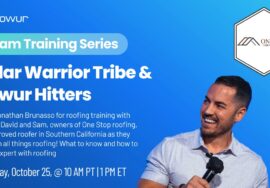
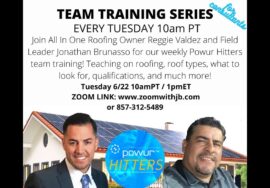
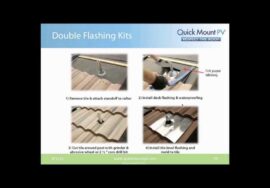

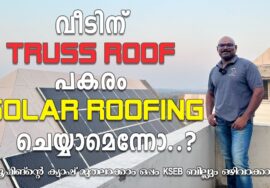
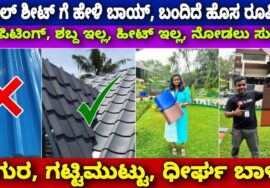
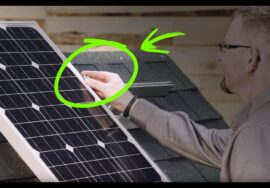
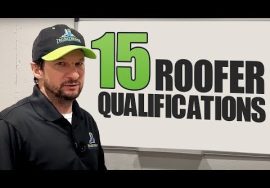
Hidden fastener-pro install. Exposed fastener-DIY. Exposed=cost savings.
Hidden=nobody even noticed and cost more.
Thanks for the valley metal installation process
Thanks for watching!
I have learned a lot from your videos. You have a great product. Thank you guys!
@Albert Jesiah yea, I have been watching on Flixzone} for months myself =)
@Albert Jesiah Yup, have been using flixzone} for years myself 😀
@Albert Jesiah Yup, have been using Flixzone} for since december myself 😀
pro trick : watch movies on flixzone. I’ve been using them for watching lots of of movies recently.
Thanks for watching!
Maybe a silly question…how loud is the rain on those panels?
ps3shakes123 as long as you use 4×8 plywood it’s no louder than a shingle roof, if you’re wanting the old tin roof sound when it rains use skip sheeting. Use 1×6 for your roof deck and you only need to run a 1×6 where you need to install the clips that hold the roof panels. So, you put a 1×6 all the way across the bottom, leave a 3 or 4 inch gap, then run another 1×6. I enjoy the sound of the rain hitting the metal roof so I use the skip sheeting method myself.
thank you for sharing 🙂
Does 17″ on the square works on all different slopes of roof? Thks
Hi Jean Luc! The 17″ mark on the square will work for all roof slopes. This only changes when the panel profile changes as it is based on the width of the panel that’s used. Please let us know if you have any additional questions. Thanks for watching!
very clear instruction. great job! tx
Who is your sales rep in the Hudson Valley?
What about rond chimney flashing (metal steel)? I already see the video for a square chimney flashing (Brick) !The others video helps !!! Thank You
Bruno Mallais use sheets of lead, they’ll be a lot easier to work with on a round surface.
U no how I seal around chimney and skylights I use ice and water and make a counter flashing a l bracket outta it I found it works very well for it I really hate metal
I would have liked to see how you bend to make the hem. Do you use a brake for that or use the hand tool?
Thanks
Hi Donald! Thanks for your comment. There are details on how to notch and hem the panels in our SL-16 Installation Manual, which can be founf here: http://www.abcmetalroofing.com/Documents/Installation-Manuals/SL-16–Manual/
Details on the tools and sealants we use start on page 11 of the manual.
If you have any additional questions, feel free to reach out to one of our experts: http://www.abcmetalroofing.com/About-Us/Locations/
Thanks for watching!
that will leak like crazy on heavy rain
There’s a nail in your shoe!
In Australia, the flat tray of these sheets would not be bent back under the sheets as they would not be seen because of the gutter saving time which saves money and from the ground would look as good as these sheets.
Nobody cares how you do it in Australia.
It’s called a wind lock
good .video
Your ruler is not 1- inch thick it is 1-inch wide Dah!!
I can’t see the logic of sealing the bottom cleat in the valley. Why would I want to seal the bottom so as to prevent any potential blow-by from gathering against the upside of the seal? After all, the mere fact that the valley tray extends beyond the valley cleats is an indication that blow-by must still be a consideration. That said, it seems to me it would be better to install the bottom offset cleat in the valley WITHOUT sealing tape so any blow-by could escape under it. And in case water might find its way over the cleat (especially if it’s sealed), I could even see notching slits into the underside of the hem to let it weep out.
johnstreak if water is getting to that tape, you’ve already got a leak. If installed properly, that will never be a problem
My opinion, there should always be overhang. Watch the cleat bend in the rain. Water does run back. I know you have the tape but that does eventually break down. And the cleat sits.on the roof but the cleat still is higher for the bend. So how are suppose to walk up the valleys without damaging it? On steep roofs you have to walk up the valley. I have been doing these installations for nearly 20 years and I would not recommend cleats. And would urge hangover.